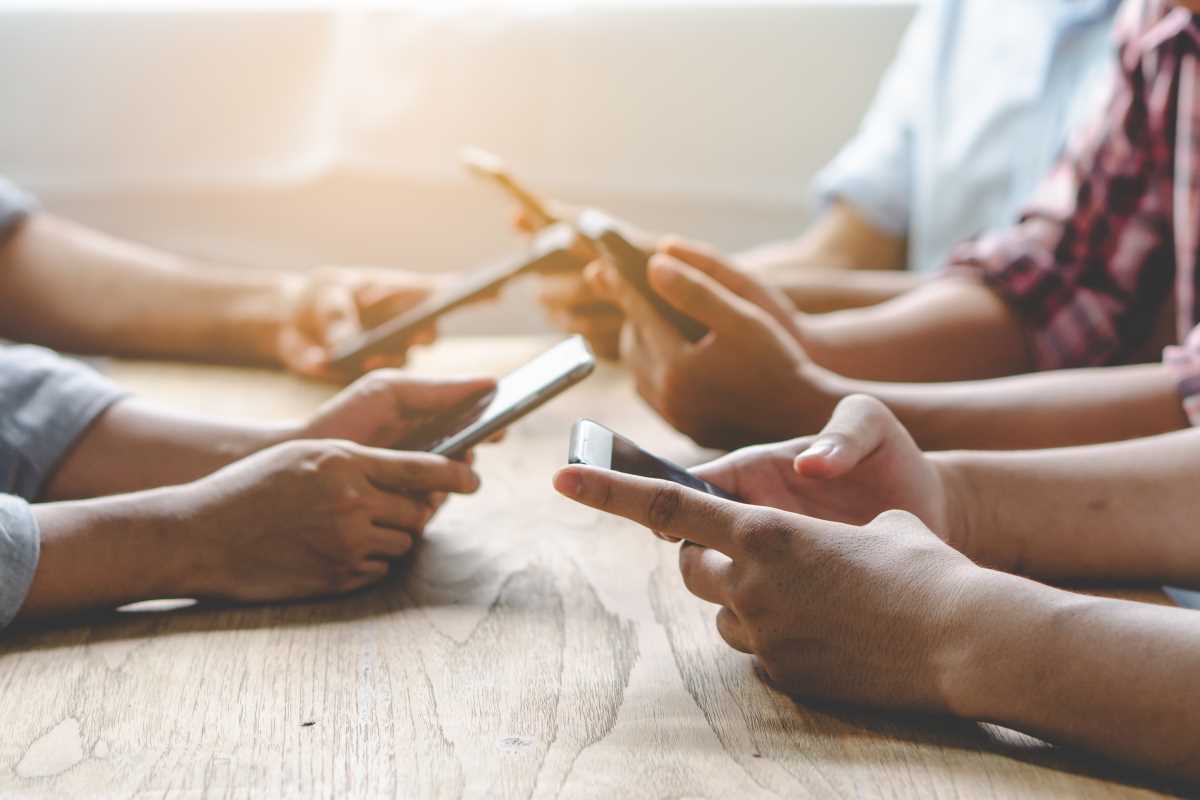In an era where screens dominate our daily lives, the concept of a digital detox has gained significant traction as people seek refuge from the relentless pace of technology. A digital detox involves voluntarily disconnecting from digital devices like smartphones, tablets, and computers for a specified period, allowing individuals to reset their mental and emotional well-being. As the digital landscape continues to expand, the importance of unplugging has become more apparent, offering a pathway to reclaiming peace and clarity in an overconnected world.
The Benefits of Disconnecting
Taking a break from digital devices can yield numerous benefits, particularly for mental health. Constant notifications, social media comparisons, and the pressure to stay connected can lead to increased stress and anxiety. By stepping away from screens, individuals often experience a reduction in stress levels, allowing for a clearer and calmer mind. Moreover, without the distraction of digital noise, focus and concentration improve, making it easier to engage deeply with tasks and activities.
Mental Clarity and Reduced Stress
Research shows that digital overload can contribute to feelings of overwhelm. Disconnecting allows your brain to process information without the incessant barrage of alerts. This respite can lead to enhanced mental clarity and improved decision-making, as your mind is free from constant interruptions.
Creative Boost
A digital detox can also ignite creativity. With our minds no longer preoccupied with endless scrolling and digital distractions, we have the mental space to explore new ideas and approaches. Engaging in offline activities, like drawing, writing, or even taking a walk, can stimulate creativity and foster new perspectives. The sense of presence that comes from living in the moment, rather than being perpetually plugged into a virtual world, enhances our appreciation for the simple joys of life.
Improved Relationships
Taking time away from screens can also lead to more meaningful interactions with others. Without the distraction of devices, we become more engaged in conversations, fostering deeper connections with family and friends. This enhanced presence can strengthen relationships, providing a sense of belonging and emotional support.
Practical Tips for Implementing a Digital Detox
Successfully undertaking a digital detox requires thoughtful planning and commitment. Here are some practical tips to guide you:
- Set Clear Boundaries: Define specific times during the day when you will be device-free. For instance, consider starting and ending your day without screens to cultivate a peaceful morning and restful evening.
- Create Tech-Free Zones: Designate certain areas of your home as tech-free spaces. This could be the dining room during meals or the bedroom, ensuring that these environments are free from digital distractions.
- Engage in Offline Activities: Fill your newly found free time with activities that don't involve screens. Reading a book, going for a nature walk, or engaging in a hobby can be fulfilling and enjoyable ways to spend time.
- Communicate Your Intentions: Inform friends and family about your digital detox plans. This not only helps manage their expectations but also encourages them to support your journey.
- Gradual Reduction: If a full detox feels overwhelming, start by gradually reducing screen time. Use app timers to limit usage or dedicate certain days of the week to be tech-free.
- Plan Tech-Free Outings: Organize activities with friends or family that focus on being present, such as hiking, visiting a museum, or playing board games. This helps build a supportive network and makes the detox more enjoyable.
- Mindfulness Practices: Incorporate mindfulness techniques like meditation or deep breathing into your routine. These practices can help ground you and make it easier to resist the urge to reach for your devices.
Overcoming Challenges
Embarking on a digital detox can come with its own set of challenges. The fear of missing out (FOMO) and the habit of constantly checking devices can be difficult to break. To combat this, remind yourself of the benefits you're seeking from the detox and practice mindfulness to stay present. Additionally, cravings to check devices might arise. When they do, have alternative activities ready, such as journaling or meditating, to distract and refocus your mind.
Another challenge might be handling a digital detox in a work environment where digital devices are necessary. In such cases, allocate specific times for essential digital interactions and ensure that once work is completed, personal time is screen-free. Setting boundaries during work hours can also reduce burnout and help maintain a healthy work-life balance.
Addressing FOMO
To address FOMO, consider scheduling specific times to catch up on news or social media after your detox period. This structured approach can help you feel connected without the continuous distraction of your devices.
Managing Withdrawal Symptoms
Be aware that some initial discomfort might arise during your detox, including withdrawal symptoms like anxiety or restlessness. Understanding this is part of the process can help you stay committed. Engaging in physical activities or creative hobbies can serve as excellent distractions during this adjustment period.
Maintaining a Balanced Relationship with Technology
Once the detox is complete, maintaining a balanced relationship with technology is crucial to sustaining the benefits. This involves being intentional about tech usage, prioritizing quality interactions over mindless scrolling, and continuously setting boundaries to prevent digital overwhelm.
Digital Diet
Consider adopting a "digital diet," where you consciously choose the content and platforms you engage with, much like a food diet. Regularly assess the value that digital consumption adds to your life, and eliminate what doesn't serve you. Implement strategies like:
- Curated Content: Follow only those accounts and channels that inspire or inform you positively, reducing exposure to negativity and comparison.
- Scheduled Check-Ins: Allocate specific weekly times to check emails and social media, minimizing spontaneous browsing.
Mindful Tech Usage
Adopt mindful practices when using technology. Before reaching for your device, ask yourself if it's necessary or if there's a better alternative for the task at hand. This conscious approach can significantly enhance your digital experience while preserving your well-being.
A digital detox offers a valuable opportunity to find peace and clarity in a chaotic world due to constant connectivity. By disengaging from screens, we can nurture our mental health, improve focus, and unleash creativity. Through practical steps and a mindful approach, anyone can embark on a digital detox journey and emerge with a refreshed perspective on technology usage. Ultimately, achieving a harmonious balance with technology ensures that we leverage its benefits while preserving our well-being and enriching our daily experiences. In a world where the digital landscape will only continue to expand, taking proactive steps toward disconnecting can lead to a more intentional, fulfilled, and balanced life. Embrace the power of a digital detox and witness its profound impact on your overall quality of life.







